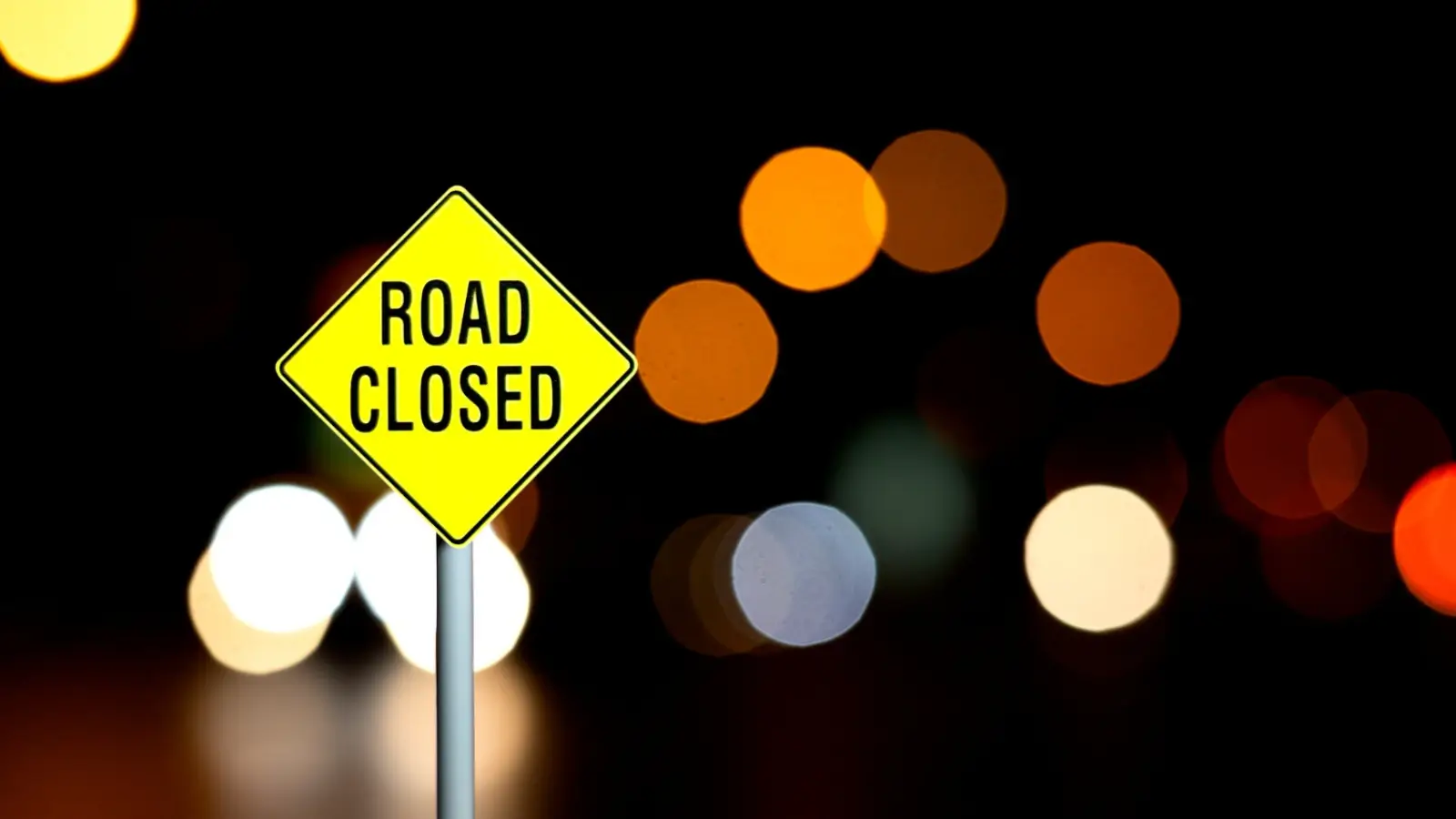


When driving at night or during inclement weather, the clarity and visibility of road and traffic signs play a crucial role in safety. Reflective signs help drivers recognize warnings, directions, and regulations, even in low-light conditions. The material that makes this possible is known as sign reflective sheeting—a specialized film applied to the surface of signs to enhance their brightness when illuminated by headlights or other light sources.
There are several types of reflective sheeting available, each with different performance levels, construction, and intended use. The three main categories are Engineer Grade, High Intensity, and Diamond Grade reflective sheeting. Understanding the differences among them is key to choosing the right type of material for your specific signage needs.
Reflective sheeting is a material applied to the face of a sign to make it visible at night or in poor lighting. Rather than producing light, it works by reflecting light from an external source—typically vehicle headlights—back toward the driver. This reflection makes the sign appear illuminated even though it isn’t powered.
Modern sign reflective sheeting is made from multiple layers that include a base film, a layer of reflective elements (glass beads or prisms), and a topcoat for protection against UV rays and weather. The performance of these materials is measured by their retroreflectivity—the amount of light they return to their source.
The higher the grade of reflective sheeting, the greater its retroreflective performance, durability, and visibility at longer distances and wider viewing angles.
Engineer Grade reflective sheeting is considered the entry-level material for reflective signs. It is often used for non-critical applications where maximum brightness isn’t required, such as parking signs, street name signs, and informational or wayfinding signs on private property.
This type of sheeting typically meets the requirements of ASTM Type I standards, which specify minimum levels of brightness and performance.
Engineer Grade reflective sheeting is made using enclosed lens glass bead technology. In this structure, thousands of tiny glass beads are embedded under a transparent top film. When light strikes the surface, it enters the beads and reflects back toward the light source, creating a modest but effective level of brightness.
Engineer Grade sheeting usually lasts around 5 to 7 years, depending on environmental exposure and maintenance. It’s less resistant to harsh sunlight and weathering compared to higher grades, but it offers an affordable solution for many low-traffic or private installations.
Parking lot signs
Street name signs in residential areas
Informational and facility signs
Temporary or short-term signage
Engineer Grade reflective sheeting remains a cost-effective choice for areas where visibility is needed but not under the demanding conditions of highways or expressways.
High Intensity reflective sheeting provides a significant jump in brightness and performance compared to Engineer Grade. Classified as ASTM Type III or IV, it’s designed for more demanding applications such as traffic control and roadway signage.
This sheeting offers better night visibility and can reflect light effectively even at wider angles, making it ideal for areas with faster-moving traffic.
High-intensity reflective sheeting uses encapsulated lens technology. Instead of being fully enclosed, the glass beads are sealed inside a honeycomb-like pattern or microprismatic layer, which increases light return. This construction gives the material a distinct honeycomb appearance and allows for higher retroreflectivity.
The most common form today is High Intensity Prismatic (HIP) sheeting, which uses microprisms instead of glass beads. These prisms provide a stronger, more uniform reflection and enhanced durability.
High Intensity sheeting typically lasts 10 years or more. It’s resistant to fading, cracking, and peeling due to improved UV protection and a thicker topcoat layer. The prismatic design also holds up better in adverse weather conditions.
Regulatory and warning signs
Guide and directional signs on highways
Construction and work zone signage
City or county roadways with moderate to heavy traffic
High-intensity reflective sheeting offers an excellent balance between cost, brightness, and durability, making it a popular choice for municipalities and transportation departments.
At the top of the performance spectrum is Diamond Grade reflective sheeting. Designed for maximum visibility and longevity, it is used in critical traffic control and roadway applications where driver reaction time and safety are paramount.
Diamond Grade materials are typically classified as ASTM Type IX or XI. They deliver the highest levels of retroreflectivity, especially at long distances or wide entrance angles—situations where other grades may lose brightness.
Diamond Grade sheeting employs full cube corner microprism technology. Each microscopic prism reflects nearly all the light that strikes it directly back toward the source. This results in an intensely bright, clear reflection even under challenging conditions such as rain, fog, or headlight glare.
The cube-corner design also minimizes wasted light, giving Diamond Grade materials several times the brightness of Engineer Grade and roughly double that of High Intensity sheeting.
Diamond Grade reflective sheeting can last up to 12 to 15 years with proper care. It’s built with multiple UV-resistant layers and weatherproof films that protect against fading, peeling, and abrasion. Its superior construction makes it ideal for long-term outdoor installations.
Highway and interstate signs
Overhead guide signs and exit panels
Stop signs and yield signs in high-speed zones
Emergency vehicle markings
School zone and pedestrian crossing signs
Because of its unmatched reflectivity, Diamond Grade is often mandated for specific regulatory signs where safety and visibility are critical, especially on high-speed roads.
|
Feature |
Engineer Grade |
High Intensity |
Diamond Grade |
|---|---|---|---|
|
Reflective Technology |
Enclosed glass beads |
Encapsulated or prismatic lenses |
Full cube corner microprisms |
|
ASTM Type |
Type I |
Type III / IV |
Type IX / XI |
|
Typical Lifespan |
5–7 years |
10+ years |
12–15 years |
|
Brightness Level |
Basic |
High |
Maximum |
|
Best Use |
Private property, low-traffic areas |
City roads, construction zones |
Highways, critical signs |
|
Cost |
Low |
Moderate |
High |
Each type of sign reflective sheeting serves a different purpose. While Engineer Grade is economical and sufficient for low-visibility requirements, High Intensity and Diamond Grade provide higher levels of brightness and durability for more demanding environments. The choice often depends on traffic conditions, budget, and compliance with local or federal standards.
When selecting sign reflective sheeting, consider the following factors:
Determine where the sign will be placed and how visible it needs to be. For example, a parking sign in a private lot may only need Engineer Grade sheeting, while a stop sign on a busy intersection requires Diamond Grade for optimal performance.
Many traffic control signs must meet specific visibility and reflectivity standards set by the Manual on Uniform Traffic Control Devices (MUTCD). Always verify the required sheeting type for your application to ensure compliance.
While higher grades cost more initially, they often provide better long-term value by reducing maintenance and replacement frequency. Investing in High Intensity or Diamond Grade materials can save costs over time in high-traffic or high-exposure areas.
Signs exposed to harsh sunlight, snow, rain, or pollution may deteriorate faster. Choosing a higher-grade reflective material helps maintain legibility and brightness throughout the sign’s lifespan.
High-quality sign reflective sheeting enhances safety by improving visibility and reaction times. When drivers can clearly read and recognize signs from a distance, they have more time to make informed decisions, reducing accidents and confusion on the road.
In addition to safety, reflective sheeting ensures that signs remain legible and professional-looking for years, protecting your investment. Whether you’re installing street signs, directional markers, or warning panels, choosing the right grade of reflective sheeting is a critical step toward effective communication and compliance.
Understanding the differences between Engineer Grade, High Intensity, and Diamond Grade reflective sheeting helps you select the right material for your specific application. Each serves a purpose—ranging from basic visibility to maximum brightness and durability for high-speed roads.
When in doubt, consult with a signage professional who can recommend the appropriate sign reflective sheeting based on environmental conditions, safety requirements, and budget. By making an informed choice, you’ll ensure that your signs not only meet regulatory standards but also perform reliably for years to come.